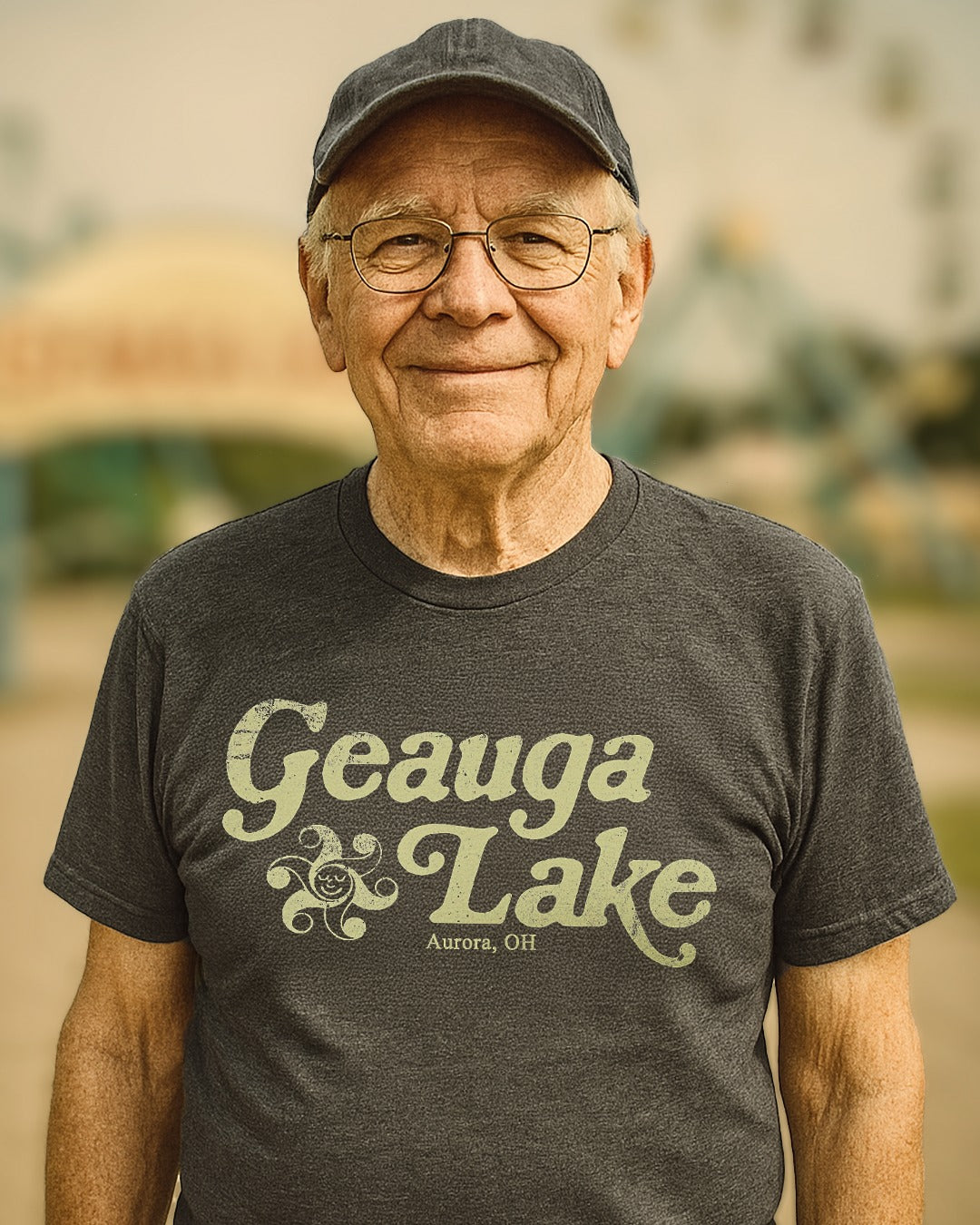For most of television’s formative years in the United States, there were only three networks. Indeed, from the mid-1950s until the late 1970s, and the expansion of cable television, viewers in most cities had only a handful of programming choices. Along with the so-called Big Three national networks (ABC, CBS, and NBC), a market might be served by one or two independent stations along with, starting in 1969, the Public Broadcasting Service (PBS).
The forgotten network
During TV’s earliest days, though, there was a fourth national TV network. It was started by a man named Alan B. DuMont, who also happened to own a company that made televisions. In 1942, DuMont Television applied for and was granted a license to a TV station in New Jersey and assigned the call sign W2XWV. It would later move to New York City, switch to channel 5 and become known as WABD (for Allan B. DuMont). CBS and NBC had launched stations the year before with different business models. Both owned hugely popular radio networks (NBC had two), but NBC, owned by RCA, was also in the TV making business like DuMont. CBS simply hoped to expand into the new medium and achieve the same success as it had in radio.
Having radio networks gave certain advantages to CBS and NBC, particularly in the area of talent development, as well as being able to secure TV licenses in major cities. Interestingly, the other big radio network of the day, the Mutual Broadcast System, thought briefly about entering the TV business but decided against it.
The start of regularly scheduled programming
It wasn’t until after World War II that regular programming could be scheduled by the networks. DuMont launched its regular service on August 15, 1946. By this time, CBS and NBC were already running a steady schedule of programs. In 1948, as the result of a 1942 federal ruling that required NBC to divest itself of one of its networks, the ABC television network debuted.
NBC and CBS, with their vast pools of both money and talent, easily lined up stations and, subsequently, viewers. ABC and DuMont struggled, particularly the latter. Desirable signals were at a premium because, in the late 1940a and early 1950s, only 12 VHF channels were available. In the mid-50s, UHF was developed adding dozens of channels. However, federal regulations didn’t require manufacturers to include UHF tuners in TVs until the mid-1960s. A special converter was required otherwise.
Competition for local affiliates
Most affiliates of NBC and CBS were on VHF, leaving ABC and DuMont to fight for the remaining stations, often on UHF. Those stations often cherry-picked shows from the two smaller networks. ABC did manage to have five owned-and-operated stations (the federal limit) like NBC and CBS, but DuMont could only manage three (New York, Washington, and Pittsburgh) and just 17 that carried its programming fulltime.
DuMont had several successful shows, notable Cavalcade of Stars, starring Jackie Gleason, and Captain Video, regarded as the medium’s first science fiction show. Cavalcade of Stars introduced The Honeymooners, which would be gobbled up by CBS, along with Gleason in 1952.
Falling revenues and merger talks
Having only it’s TV production revenue, and money from advertisers, to rely on DuMont started falling behind the other three networks. DuMont did have a large investor, Paramount Pictures, which purchased an interest in the fledgling TV maker in 1939. However, instead of looking to embrace the new medium, Paramount bought in as part of an attempt to thwart television.
As DuMont’s fortunes faded, ABC’s brightened. In 1954, ABC merged with United Paramount Theaters (split off from Paramount in 1941). The infusion of cash helped ABC stay afloat. DuMont proposed a merger with ABC, and a deal was worked out, but Paramount Pictures nixed it.
DuMont sputtered on for two more years, producing less and less programming. It finally went dark on August 6, 1956. Its stations were spun off into a separate company called DuMont Broadcasting Corporation, later renamed Metromedia in 1960. That company achieved great success, going on to own over a dozen TV stations, another dozen-plus radio stations, while also becoming a producer and distributor of over 50 popular TV programs. In 1985, the company was acquired by Newscorp, who would later start FOX-TV, America’s new fourth broadcast network. DuMont sold its TV manufacturing business to Emerson, while it’s laboratory division went to Fairchild. The latter went on to develop computers and video game systems.
Legacy
Oddy, Paramount would come close to starting a network in the 1970s and would follow through in the 1990s with the launch of the United Paramount Network (UPN). DuMont’s three owned-and-operated stations are still on the air with WTTG in Washington, D.C. retaining its original call letters. New York’s WABD is now WNYW, FOX5. WDTV in Pittsburgh was sold to Westinghouse before the DuMont Network dissolved. It’s now KDKA, a longtime CBS affiliate.



